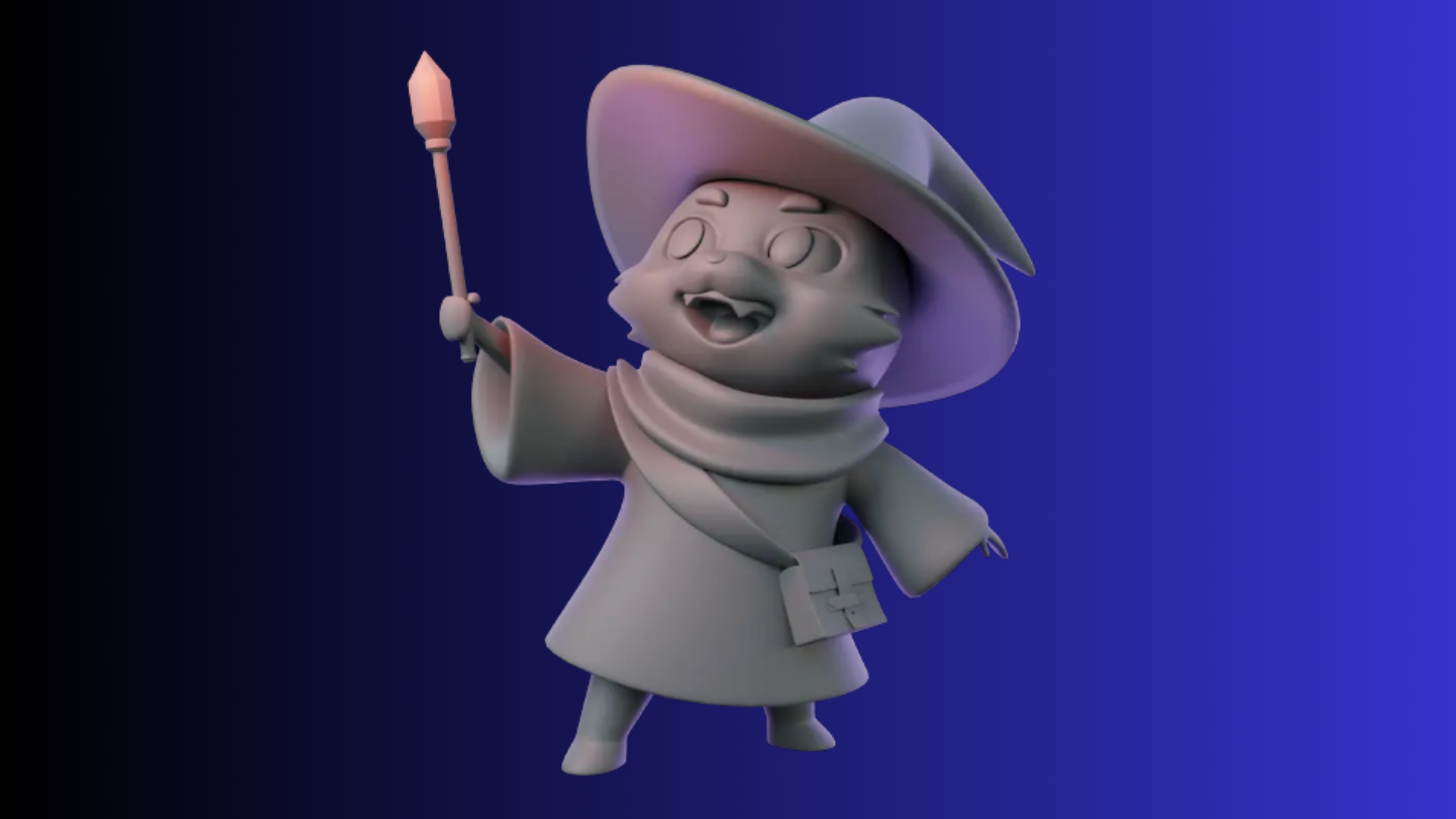An artificial intelligence company, whose founder Forbes included in a 30 Under 30 list recently, promises to use machine learning to convert clients’ 2D illustrations into 3D models. In reality the company, called Kaedim, uses human artists for “quality control.” According to two sources with knowledge of the process interviewed by 404 Media, at one point, Kaedim often used human artists to make the models. One of the sources said workers at one point produced the 3D design wholecloth themselves without the help of machine learning at all.
The news pulls back the curtain on a hyped startup and is an example of how AI companies can sometimes overstate the capabilities of their technology. Like other AI startups, Kaedim wants to use AI to do tedious labor that is currently being done by humans. In this case, 3D modeling, a time consuming job that video game companies are already outsourcing to studios in countries like China.
“Our software automatically models the geometry from scratch,” Kaedim founder and CEO Konstantina Psoma told Forbes last year. “Now anyone can integrate the automatic 2D to 3D conversion into their apps, games, and metaverses.” In an earlier, 2020 interview on LinkedIn, Psoma said the company is “automating the boring parts” of 3D modeling.


